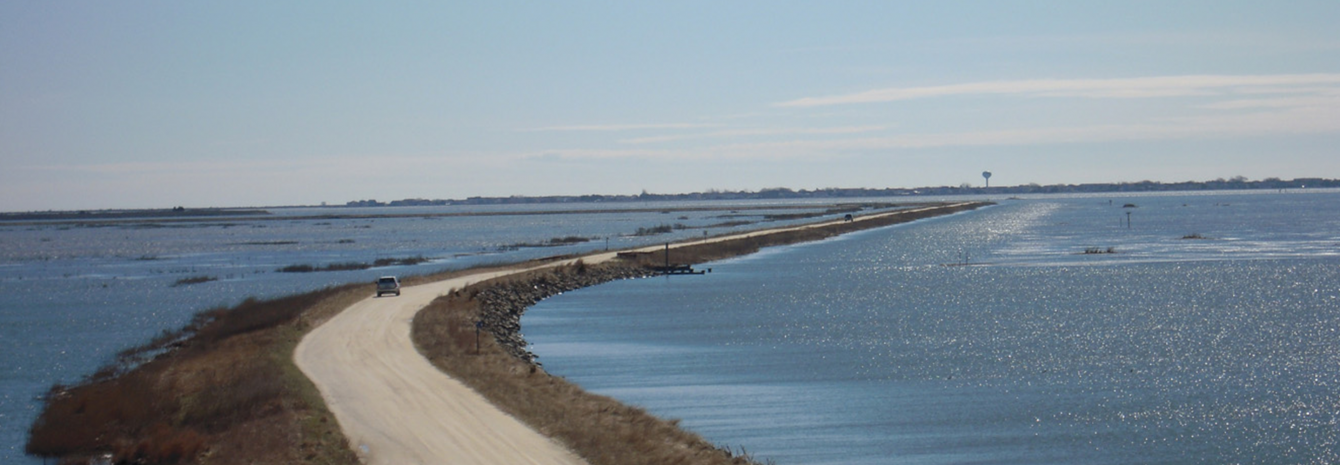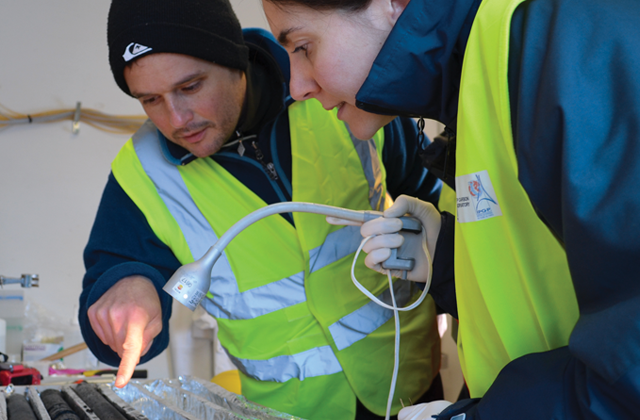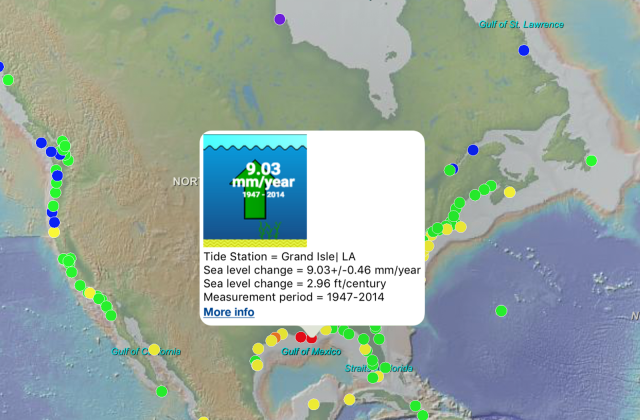How can we best prepare for sea-level rise?

A new predictive modeling tool will help fight the rising tide of climate change. Columbia scientists developed a computer code that combines complex methods of data gathering to quickly assess the risks of sea-level rise. The code is available to coastal planners and other experts to help them build dikes, design insurance plans for flooding, predict land erosion, and more.
The model shows that oceans will rise at least 28 centimeters over the next 100 years, and as much as 131 centimeters if emissions continue apace. This prediction is extremely useful for immediate architectural and other planning along coasts. It also recommends ways to curb further sea rise. If the world cuts fossil fuels and emissions quickly, by 2100, sea level would rise 28 to 56 centimeters over the 1986 to 2005 average. But if emissions increase, sea level would rise by 2100 between 57 and 131 centimeters.
The model also takes a longer view, showing the risks of continuing to burn fossil fuels over the next 10,000 years. Anders Levermann, climate scientist at Lamont-Doherty Earth Observatory, worked on the model and subsequent studies with his team.
“The emission of greenhouse gases is already changing our climate. If continued, sea level will continue to rise and consume the coastlines and our cultural heritage there for centuries to come,” Levermann said. “Cleaner energy sources exist, and they need to be used intensively if we want to pass on Miami and New York to future generations.” Learn more.
Make Your Commitment Today




